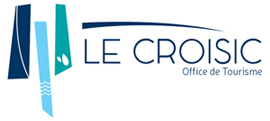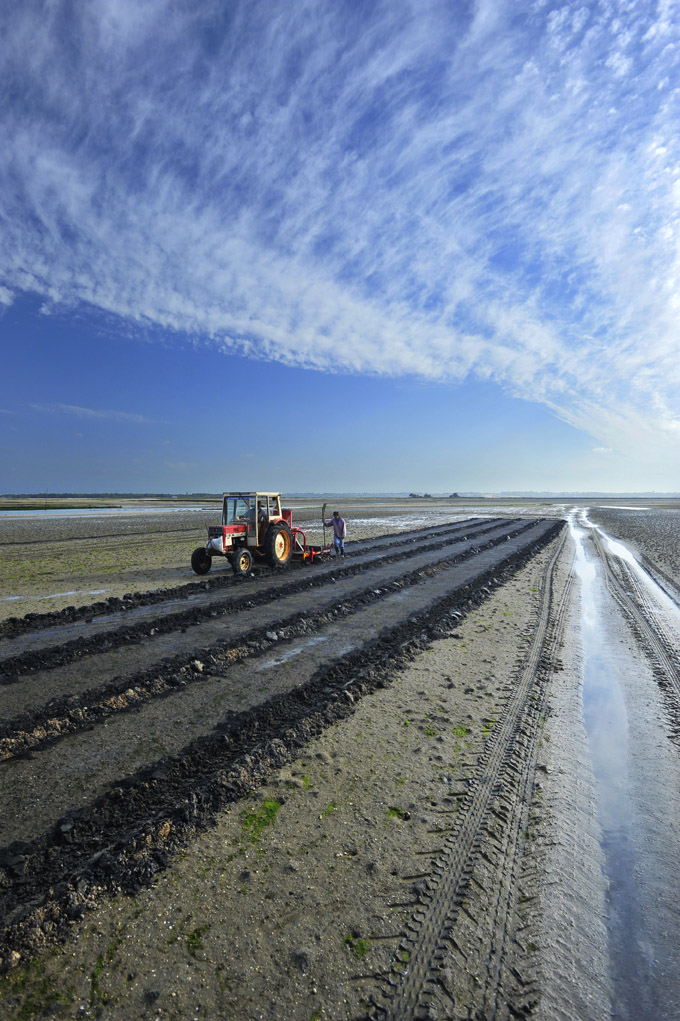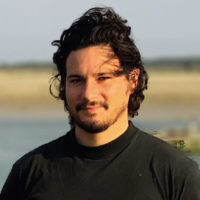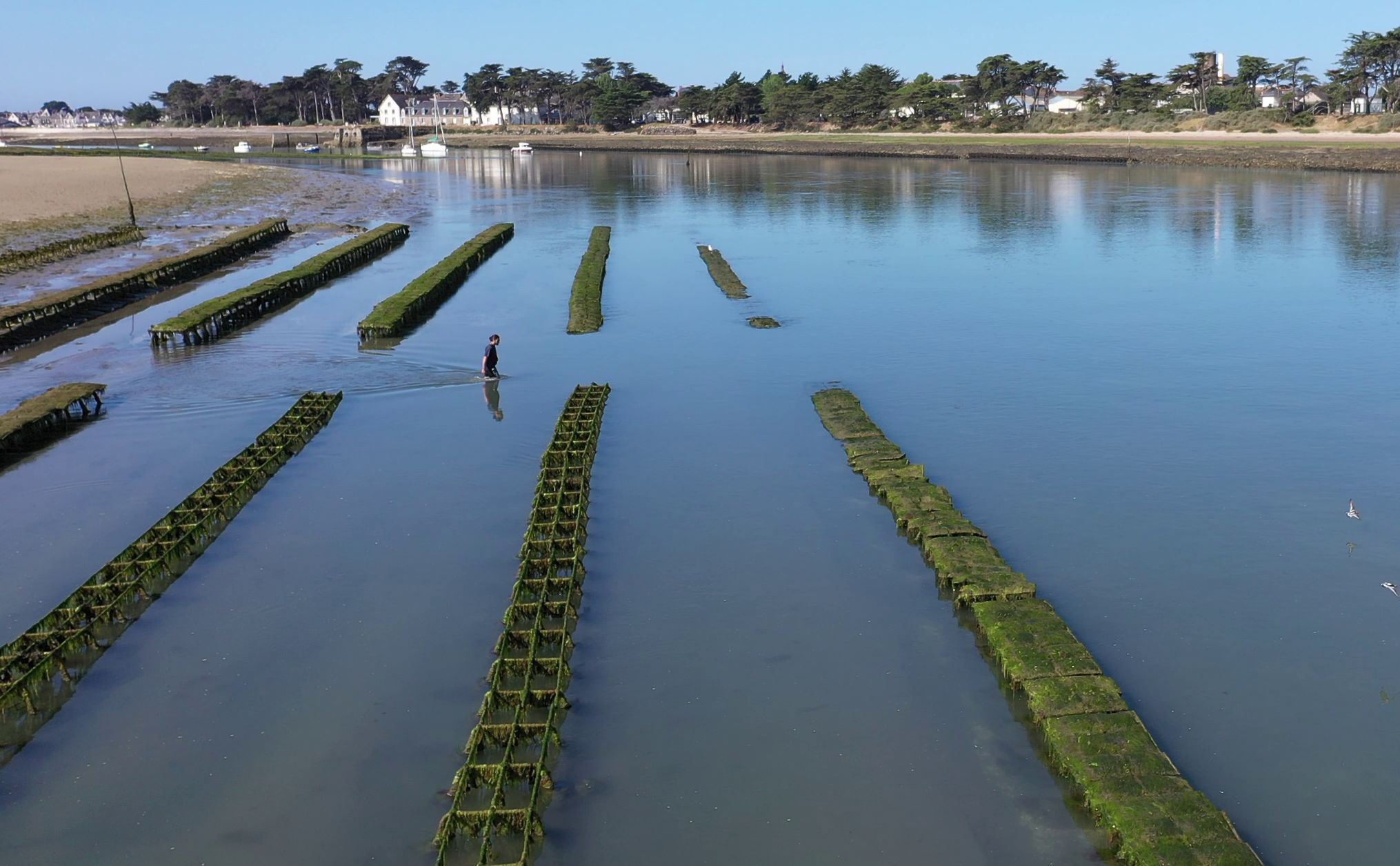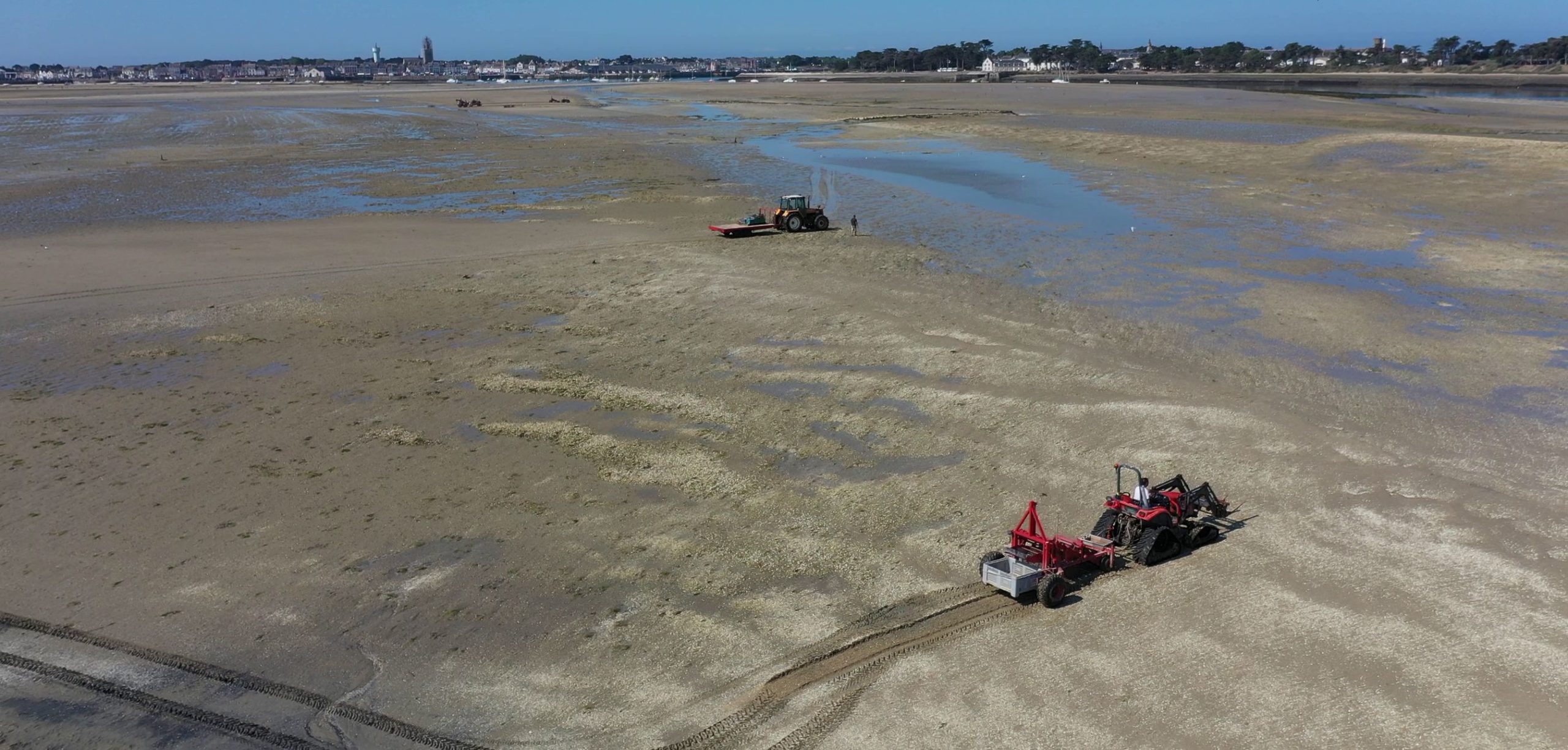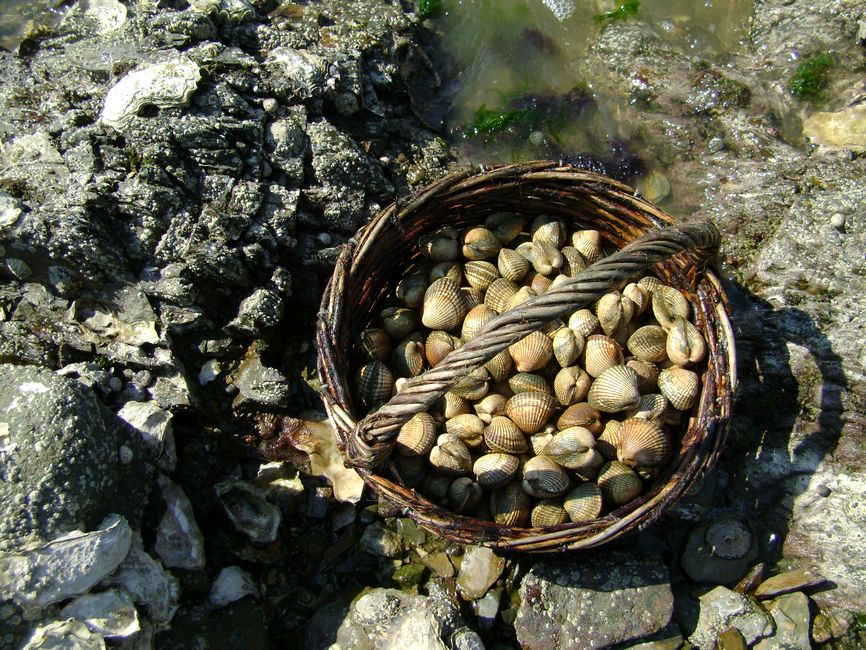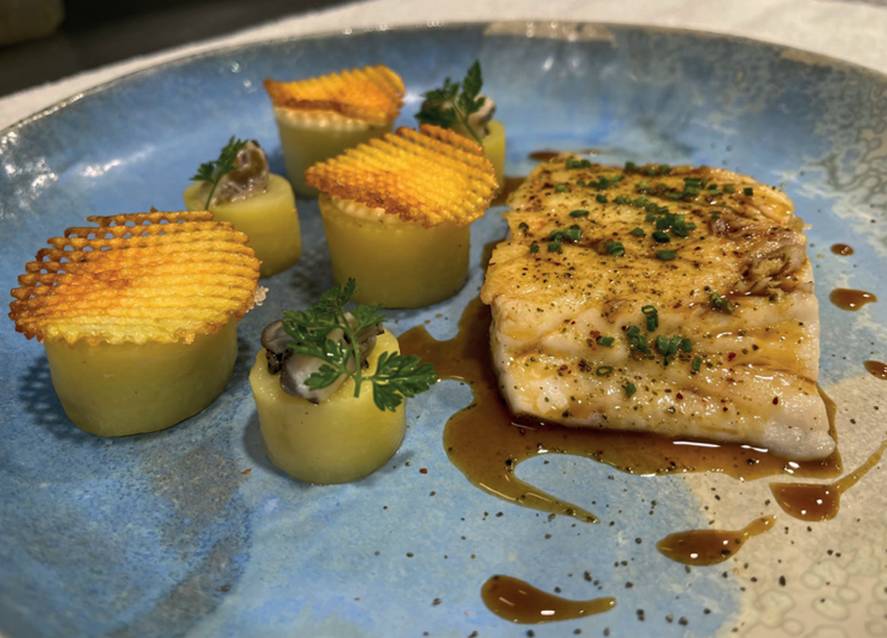
Meeting with Romain Lambert
30 year old shellfish farmer, at the head of Coquillages Croisicais
Originally from the Guérande peninsula, Romain trained in marine cultures in Guérande and pursued his higher education in marketing near Nantes before taking up the torch of the family business “Coquillages Croisicais” from his brother Hugo and from Serge Guillemot.
What is your definition of shellfish farming?
In my opinion, shellfish farming is not just shellfish farming, it is above all a profession of passion.
You have to have a love of the marine environment, we are at the heart of a profession completely dependent on the environment, the weather, and everything that surrounds us. There is certainly a technical part of production, but you have to have a feel for the sea, otherwise you aren't be able to cultivate a product oh high quality.
The particularity of raising cockles at Le Croisic?
We work in a rather sandy environment, well protected from strong winds and relatively sheltered from storms. This allows us to always be able to work, to have stock for our customers and to prevent our hulls from disappearing offshore with storms.
Access to the parks by tractor or barge allows us to be responsive and make the most of the tide.
The proximity of the salt marshes of Guérande is also a major asset because the water released by the salt workers in spring is rich in food for our shellfish and facilitates their growth while providing them with this very particular taste of home.
An ancestral know-how or on the contrary very modern?
A bit of both ! We will draw on ancestral know-how, in order to benefit from the experience of our elders.
Our company was founded in 1975 and has been in my family since 2001. My brother, Hugo and I have taken over the rest of the story!
Today we take advantage of current technologies and mechanics with, for example, “trackers” (tractors whose wheels have been exchanged for independent tracks) which allow us to fish in places that have been inaccessible until today. We have set up purification systems with sand filters and UV lamps for our shells. It is therefore a happy medium between history and the present.
What is the rate of production in Le Croisic ?
The production of cockles in Le Croisic amounts to around 1 500 tonnes per year. And mainly in breeding, but also in shellfish gathering. You should know that the ocean inlet of Le Croisic is the most important cockle breeding center in France.
Ecological issues?
We are completely dependent on the environment that surrounds us, because our shellfish filter the water, and thanks to the regular analysis of our shellfish we are the sentinels of the marine environment.
The slightest change in water quality is clearly visible to us. And so, in this sense we are very attentive to ecological issues. Demographic pressure does not help us to perceive the future clearly, because unfortunately the water treatment infrastructures have difficulty in keeping up and we are always in fear of pollution and the decline in the quality of our water, which would have catastrophic consequences for us seafarers.
Your recipe with Croisicaise cockles?
I really like to consume them as an aperitif, preparing a marinade and tasting them with a toothpick and a glass of sangria, like tapas in Spain !
Shellfish gathering
Minimum sizes and authorized quantities
Respect the minimum sizes and quantities authorized per person:
- Clams (Japanese): 3,5 cm / 3 kg.
- Clams (European): 4 cm / 3 kg.
- Hollow oysters: 5 cm / 5 dozen (within the limit of 5 kg).
- Hulls: 2,7 cm / 4 kg.
- Mussels: 4 cm / 5 kg.
- Pink shrimp: 5 cm.
- Gray shrimp: 3 cm.
- Berniques or limpets: 3 kg.
- Crabs: 13 cm (cake) and 6,5 cm (velvet or balleresse).
- Periwinkles: 3 kg.
To find out about the current fishing conditions, visit the Loire Atlantique Prefecture website.
